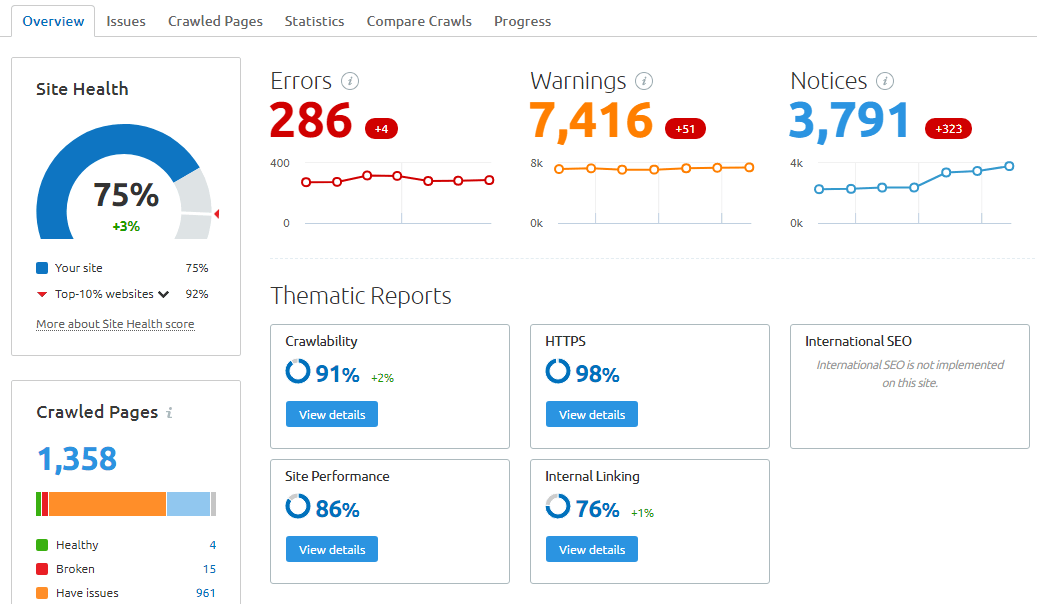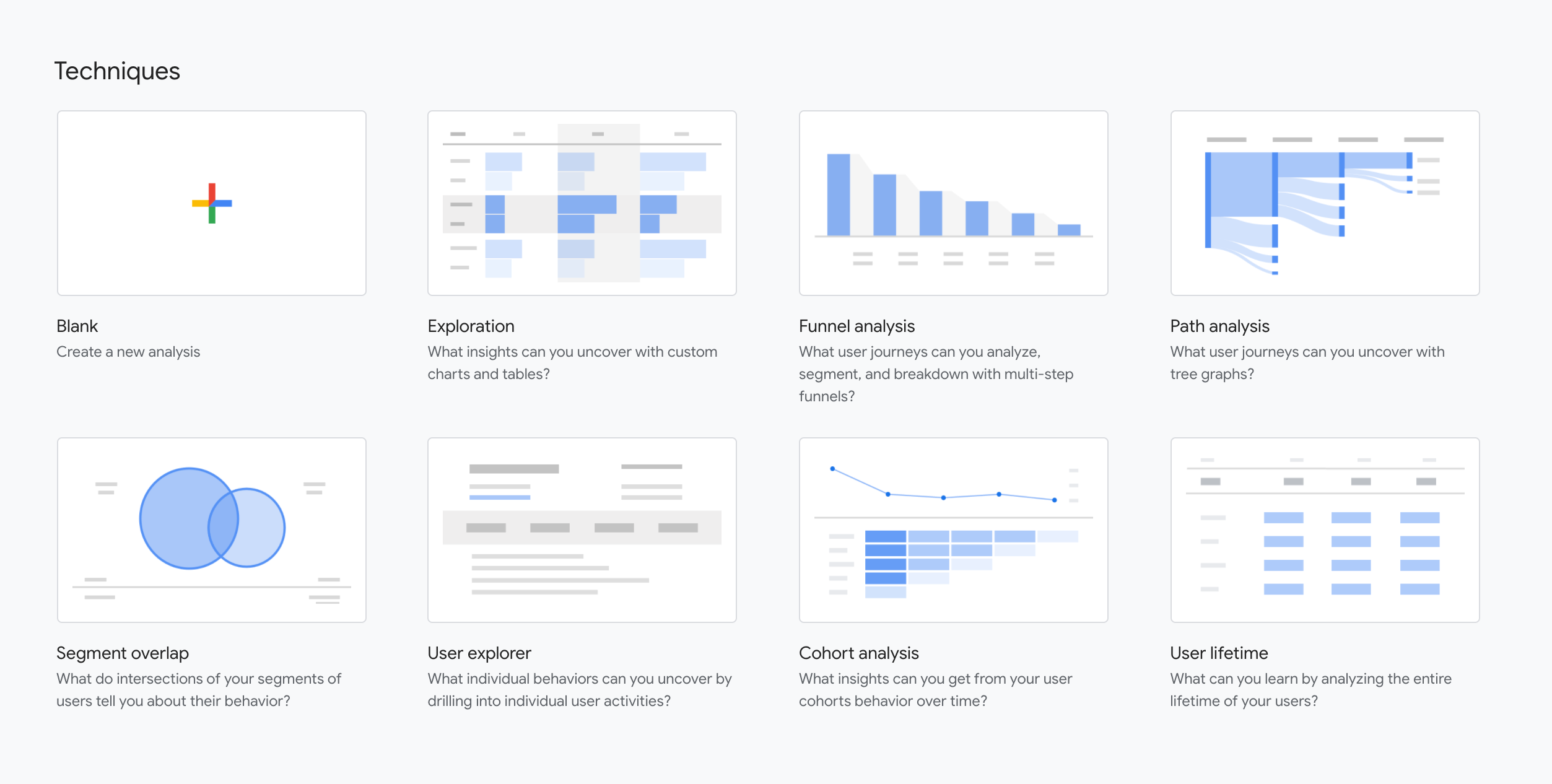
How to Generate Qualified Leads While Reducing Your CPA
Our clients, like many other businesses, often struggle with two obstacles when it comes to their campaigns:
- Consistently generating new qualified leads.
- Capturing those leads for as little as possible.
Some try throwing money at pay-per-click campaigns, only to discover low lead quality or that they’ve wasted thousands of dollars on irrelevant clicks that don’t pan out.
Other businesses know that paid search is a fantastic, cost-effective way to generate new leads, but they’re not sure how to do this correctly.
Some brands have even reached out to “experts,” only to be told that they’ve reached their maximum capacity in search volume and ad spend when that wasn’t even the case.
So the question we often hear is:
How can I create a sustainable way to drive new leads and lower my costs for acquiring them (aka your cost per acquisition, or CPA)?
If you’re in the same boat, we have the answer. Our lead generation techniques will help you discover what it takes to generate qualified leads at a much lower CPA than you’re used to. And we can say this with confidence because we’ve helped hundreds of clients achieve the same goals.
But you may be surprised to learn that this strategy actually involves your website’s SEO.
Why Your Website’s SEO Is the Secret Sauce for Your Campaign’s Success
If you’re looking to acquire new customers (and for less), your first instinct may be to focus all of your attention on paid advertising since that’s a quick way to generate new leads. But this is just one half of the equation. You must also focus on improving your SEO efforts.
What does your website’s SEO have to do with your paid advertising and acquiring new customers?
The answer is simple: When you ignore SEO, you neglect a potential goldmine of affordable, quality leads that trust you more than a prospect coming through an ad. Paid search advertising works wonders, but SEO builds trust without costing a boatload.
Not only will you waste your hard-earned ad dollars if you don’t work on your SEO and user experience, but you’ll also lose out on leads.
Unfortunately, many businesses unknowingly skip this step or don’t give it enough effort, and this may be why their paid campaigns aren’t as effective as they could be. Prospects will often check out your website on their own to see if you’re up to snuff—and if you’re not, the results are going to be pretty disappointing.
Yet there’s an even bigger reason why this step is so crucial: As your ad campaign builds momentum, with the right SEO, you’ll simultaneously grow your organic search efforts.
Since organic search generally takes longer to perfect than an ad campaign, it’s better to get started sooner so it can pick up steam while you’re working on your ads. But that can’t happen if your website’s SEO is lacking.
Many businesses fail to implement or capitalize on this one-two punch in their strategy, so it’s usually one of the first areas we tackle.
And you should, too.
Step 1: Clean Up and Optimize Your Website’s SEO
To generate leads and reduce CPA, we strongly recommend that you begin by implementing a solid SEO strategy.
We call this our SEO Backbone, and it involves auditing your website’s top pages, fixing any errors that come up, and optimizing it before you turn on those paid ads.
With this, you’ll be able to leverage your SEO efforts so they feed your business direct leads while providing fuel for your paid efforts.
Start by working these steps in order:
Perform a Complete SEO Audit on Your Website

For most businesses, an SEO audit simply involves identifying keywords that you think your business should rank well for, sprinkling those throughout your website, and hoping that search engines pick up on them.
As you may have already experienced, this is an ineffective way to go about optimizing your website. Instead:
Use a Highly Targeted Keyword Strategy
A better approach is to first figure out what your pages are already ranking for and then generate a list of keywords that your customers are actually searching for, not just what you envision them typing into the search bar. Keyword research tools are a great way to go about this.
The goal here is not to identify high-volume keywords—in fact, these may prove useless if they’re too competitive.
So, be sure to block out a decent amount of time in your schedule to take a deep dive into the keyword research. You’ll want to uncover and categorize what your customers are really searching for when they’re looking for your product or service.
As you go through these keyword results, don’t just settle on the high-volume options, as these can be competitive. Consider the competitiveness attached to each keyword and the buying intent behind them. You’ll likely find that those high-volume generic keywords lead people to look for a free option.
In contrast, targeted keywords may prove that your customer is already past the awareness stage and already looking for a solution. It’s these keywords that you’ll want to use and match to your product and service pages instead of casting that wide net of generic keywords.
Don’t Forget to Research Your Competitors
On top of uncovering the right keywords to use, you should also spend time understanding what your competitors are doing. Are they going after those generic keywords, or have they already honed in on their focus?
It’s your competitors in the latter category who will see the most significant results, so it’s all about making sure you’re at least a few steps ahead of them.
Check to see what your competitors rank for and whether they’re simply engaging in keyword stuffing or if their content is actually providing value.
Now, the goal here isn’t to rip off what your competitors are doing and copy them (especially if what they’re doing is terrible!). Rather, your goal is to gain a better understanding of what you could be doing better to get ahead, in your own way.
So jot down some notes on how your competitors are doing, and make the necessary adjustments in this next step:
Update and Optimize Your Web Content
Using the keywords you just identified in your research, it’s time to update your website content and metadata for the best possible keywords.
This includes refreshing your page titles, meta descriptions, and the actual content on every page. Each of these essential components should include your focused keyword without being overly stuffed.
At this point, it’s also a good idea to start setting up keyword-specific landing pages that you’ll drive paid traffic to later. To do this, think about how you’re going to divide your ad groups and your Google Ads, Facebook Ads, and Bing Ads campaigns. Then, create matching landing pages accordingly.
Once you’ve tackled everything in step one, you can move on to optimizing your paid search campaigns.
Step 2: Fine-Tune and Optimize Your Paid Search Campaigns
Now that your website’s SEO is working hard behind the scenes, you can get to learn how to reduce CPA in AdWords and Bing Ads.
Refine Your Audience to Capture Qualified Searches
Failing to narrow down the best performing keywords is one of the biggest problems we see when we review our clients’ previous paid search campaigns.
These clients spend all of their time casting a very wide net in the hopes of catching any and all keywords related to their business.
We understand the theory behind wanting to do this, but it’s not cost effective. And more importantly, it won’t lead to capturing the right leads, or those that will convert.
Your goal here is to capture qualified searches only and weed out the rest.
So how do you do that?
You have to get super specific with your audience and the intent behind the keywords they’re searching for.
You’ll need to refine your keywords and narrow down your list to those targeted specifically to leads who are past the awareness stage and looking for a solution (i.e., your business). To do this, you’ll want to set up different ad campaigns based on your prospect’s stage of awareness. This will expand your keywords from those aimed at leads who are just starting to notice a problem to those who have a higher likelihood of purchasing.
Your website SEO research from step one should provide some help here.
Focus On Your High-Level Services and Products First
Just like you’ll need to refine your audience, you’ll also want to be selective in what you’re promoting with your ad campaigns early on.
While you could technically try to drive traffic to every service you offer, doing so may pan out to very few, if any, leads that convert if you have a limited budget. That won’t give you the statistical significance you need to compare data.
A better approach is to go after your highly profitable services first.With these services, you’ll have a better chance of generating a positive ROI early on since a few conversions may be all it takes to move the needle in a significant way.
This focus also gives you the perfect opportunity to test the market with different ad campaigns and a slight shift in your messaging.
Once your campaign starts generating serious leads, you can begin to identify the content that seems to be resonating the most with your audience.
From there, you can use this crucial intel to scale and create new ad campaigns for the additional services you offer.
Before you start scaling your campaign though, you should also follow this next step:
Weed Out Irrelevant Keywords and Users Who May Not Really Be a Good Fit
Irrelevant keywords that somehow come up for your campaigns could be costing you in wasted clicks.
So, in the process of weeding out every keyword related to your business, you’ll also want to get rid of keywords that you don’t want triggering your ads. These could be general or specific terms that lead to “browsers,” or people looking to fix the problem on their own, instead of buyers.
You can tackle this challenge in four easy steps:
1. Trim the Fat with Negative Keywords
Start eliminating the terms that don’t generate high-quality leads by using negative keywords, or ones for which you don’t want your ads to trigger.
When you continually monitor your campaigns each day, you should be able to add new negative keywords daily or weekly.
Doing this will improve the quality of your clicks and conversions, and you’re likely to see these positive results right away in metrics like a lower CPA and a higher number of leads.
2. Use Close-Variant Negative Keywords
To weed out more irrelevant keywords, we suggest using close-variant negative keywords, or similar keywords that you don’t want your ads to show for.
This further refines the quality of your campaign and ensures that you’re not wasting money on useless clicks that might not pan out.
You’ll need a diligent eye to spot candidates in your campaign’s search terms (it helps if you have a solid understanding of your industry). Then, each week, get in the habit of carefully weeding out the keywords that don’t work to improve the quality of your campaign.
3. Consider Different Versions of Your Keywords
Sometimes, focusing on singular or plural search terms can also make a difference in how your ads perform.
For one of our clients who sold cookbooks, they learned that the singular version of the word “cookbook” performed better for consumers purchasing their product. However, to successfully capture the enterprise companies they wanted, they had to exclude the singular version of the word and promote the plural form “cookbooks” instead.
So think about how this could make a difference in your business, and adjust accordingly.
4. Divide Your Ad Groups Based on Buyer Types at the Keyword Level
If you’re targeting both consumers and businesses, like in our cookbook example, it pays to carefully separate these into two different ad campaigns and treat them as such.
This helps you focus on the specific messaging and subsequent keywords, which makes your campaigns much more targeted and effective. You can then send these users to your separate, highly targeted landing pages, which should increase your conversion rates.
Implement a “Testing” Strategy That You’re Consistently Refining
Another problem we often see with our clients’ previous ad campaigns is that they use a “set it and forget it” way of thinking.
After they set up their ad campaigns, they let them run for weeks without making any adjustments, which is a costly mistake.
You’re better off using a testing mentality right from the start, where you approach your campaign as something that’s constantly changing and evolving based on the data you receive each day.
With this strategy, you may need to test new variations of your ad copy and landing pages to see how they affect performance.
While you wouldn’t want to change all these at once, changing one variable at a time can lead to huge discoveries and breakthroughs. Testing also helps you find the sweet spot that seems to work with your customers, something a “set it and forget it” approach won’t do.
One thing to note is that these changes shouldn’t be based on hunches. Always let the data you receive guide your decision-making. If an ad campaign performs really well, for example, study why that is and see how you can replicate it—or, even better, improve on it.
You’re likely to find that your refined ad strategies generate new leads and higher conversions at a lower CPA. But that won’t happen unless you review your campaign’s performance each day and make those necessary adjustments.
Always Use Retargeting to Convert Customers Who Are On the Fence
Retargeting will help your business squeeze every last drop out of your campaigns.
It’s a sure-fire and cost-effective way to reach potential new customers since they’ve already been on your website.
Rather than losing leads who get so close to the end of your funnel but never follow through, you’ll give yourself one last chance to reach them and hopefully convert.
So if you’re not doing so already, make sure to optimize your retargeting campaigns instead of neglecting them. Focus on sharp, strong messaging that tries to close the deal one more time.
You’re likely to find that this strategy converts on-the-fence customers who may have been ready to walk away. Just because these customers are not prepared at the moment doesn’t mean they won’t be in a few days or weeks.
But without retargeting, you’ll never know this, and you’ll lose out on opportunities despite these users clicking through your ads. Retargeting is a no-brainer for capturing these leads without adding much extra cost.
Generate Qualified Leads While Reducing Your CPA Today
If you’ve made it to this point in our guide, congratulations! You now have the blueprint you need to generate a steady stream of qualified leads at a lower CPA than you’re used to.
We know it may seem like a lot of hard work, but trust us. Our experience shows that taking a two-step approach—by working on your website’s SEO and paid ad search campaigns—will pay off big time.
Don’t worry if you’re feeling overwhelmed or like this may be out of your wheelhouse. Our team of experts is always here for support. To see how we can help your business lower its CPA while still generating new leads, get in touch today!
Still not sure? Check out what else we help businesses achieve.
Most newsletters suck...
So while we technically have to call this a daily newsletter so people know what it is, it's anything but.
You won't find any 'industry standards' or 'guru best practices' here - only the real stuff that actually moves the needle.






